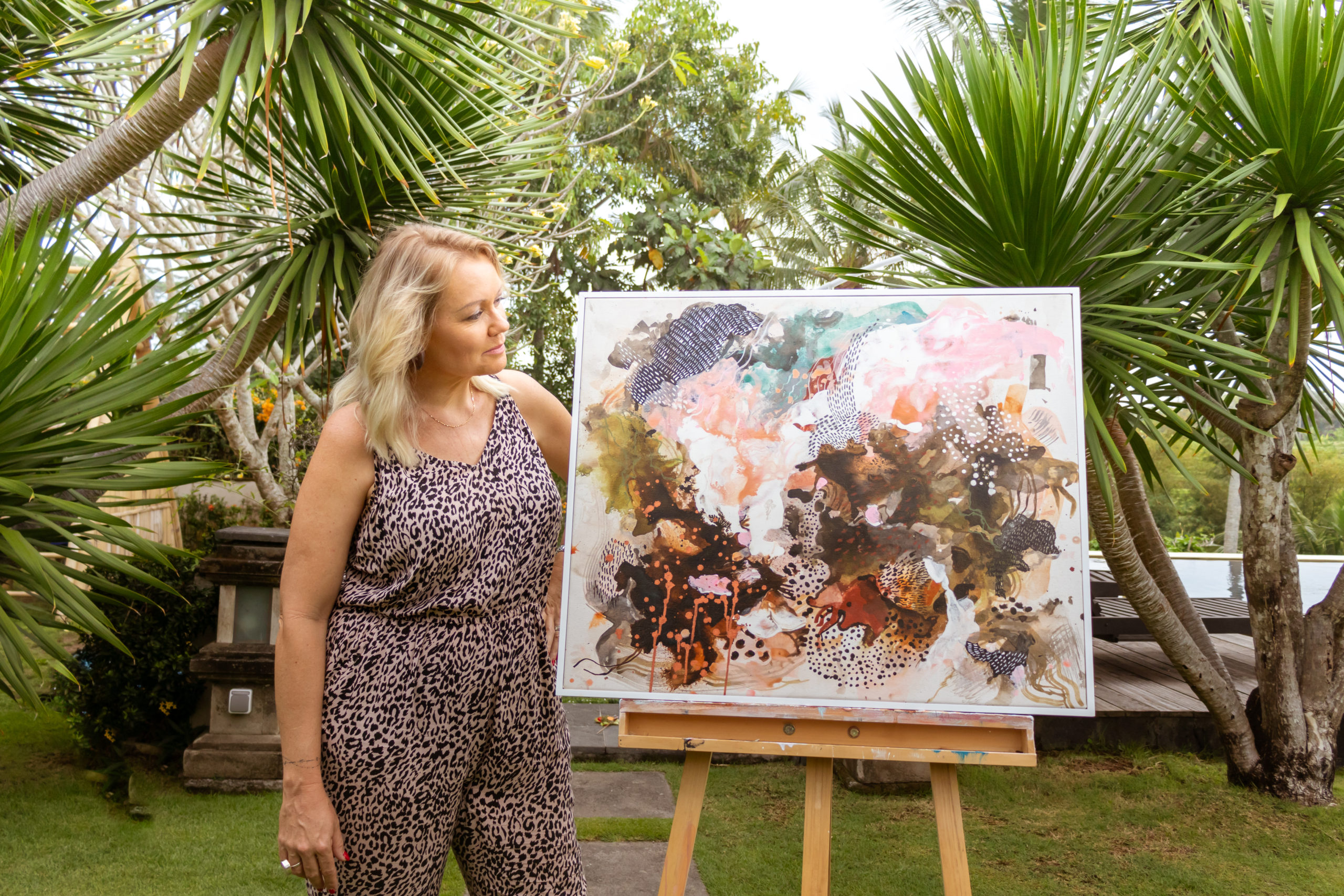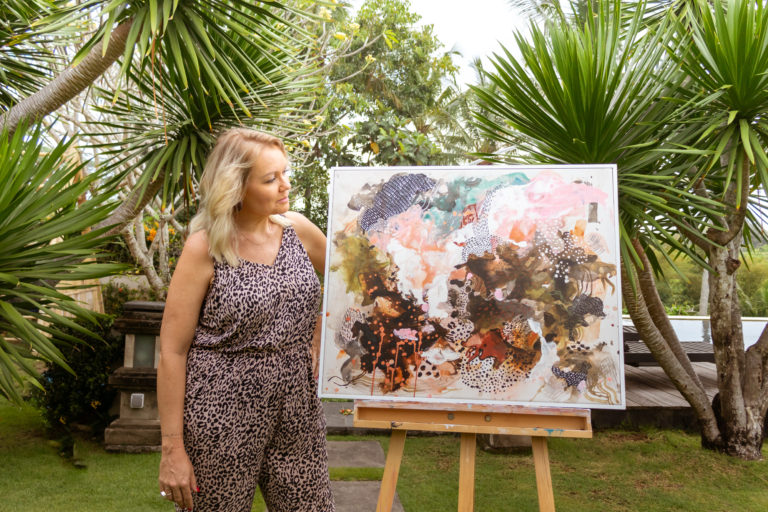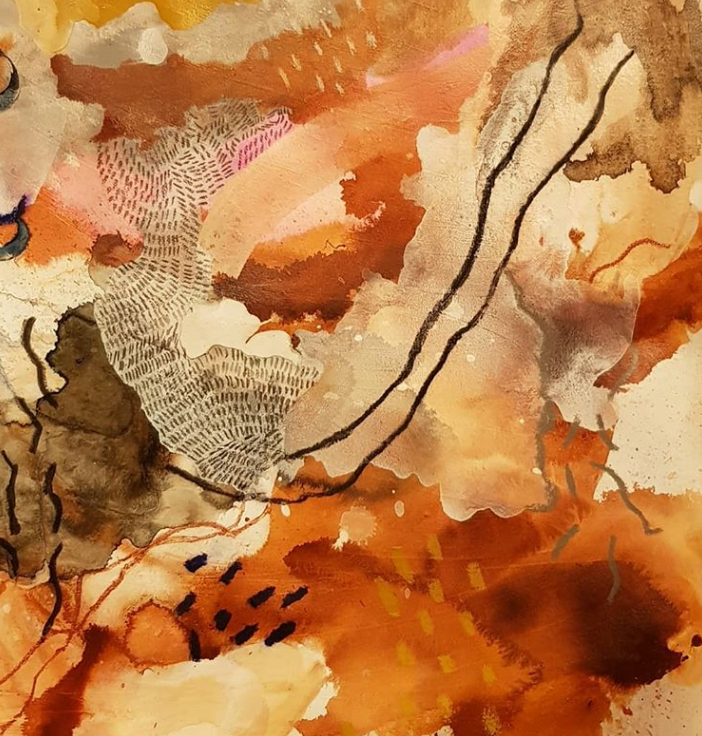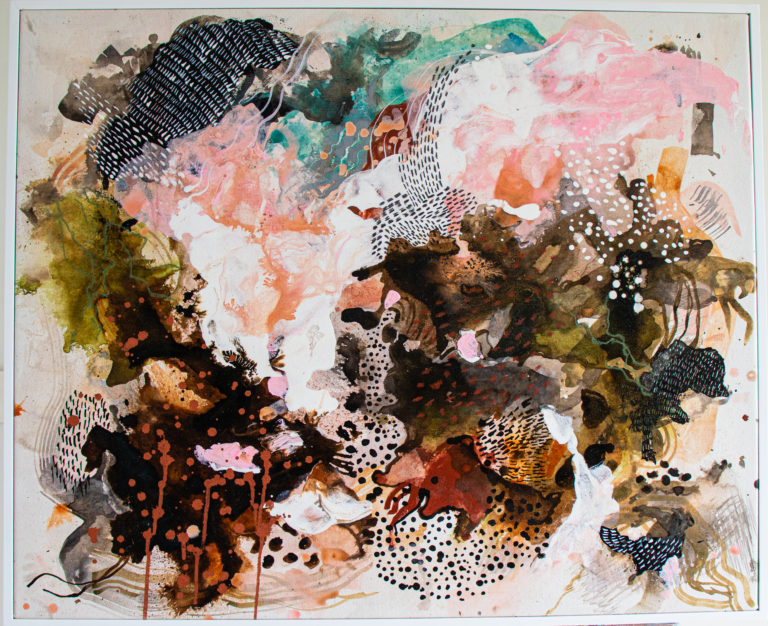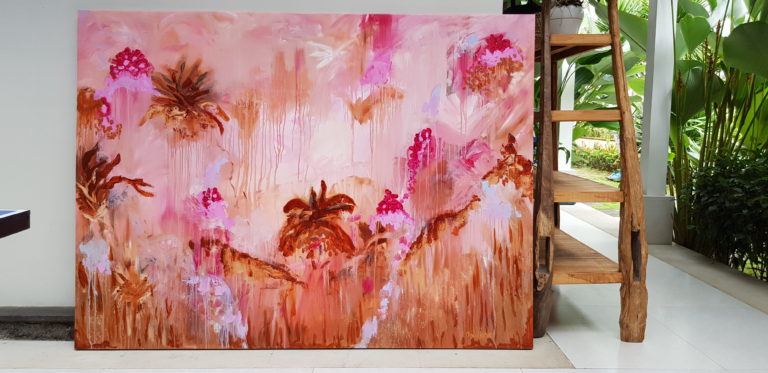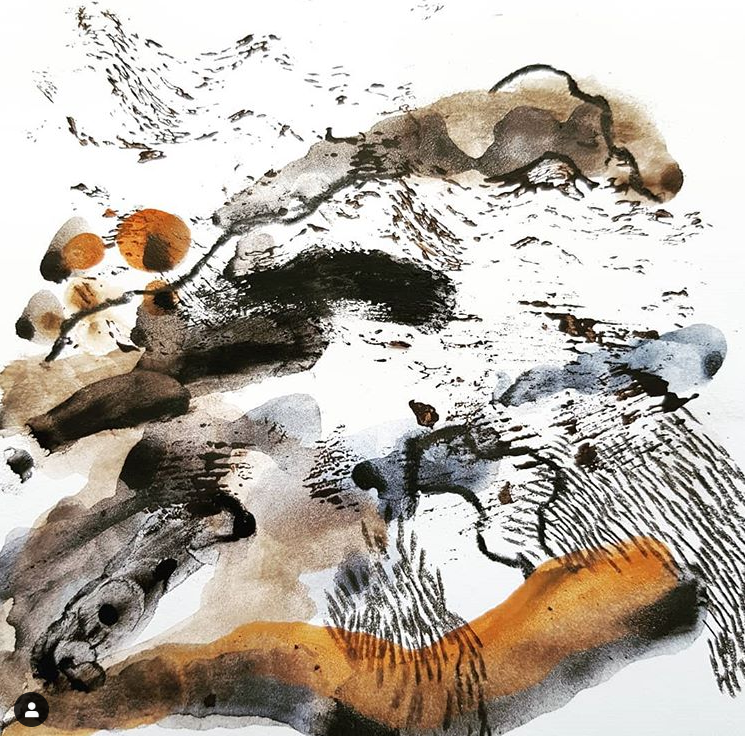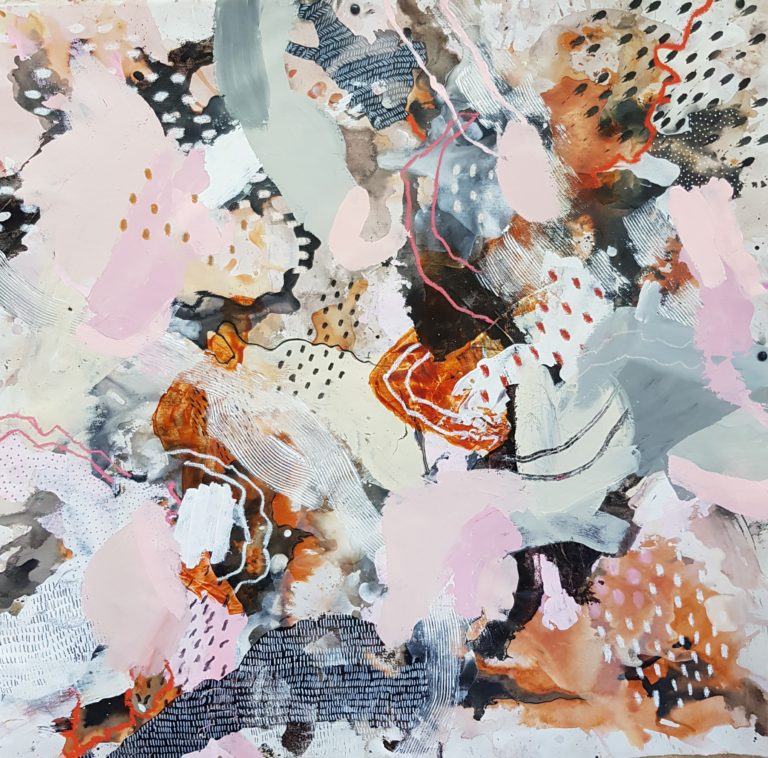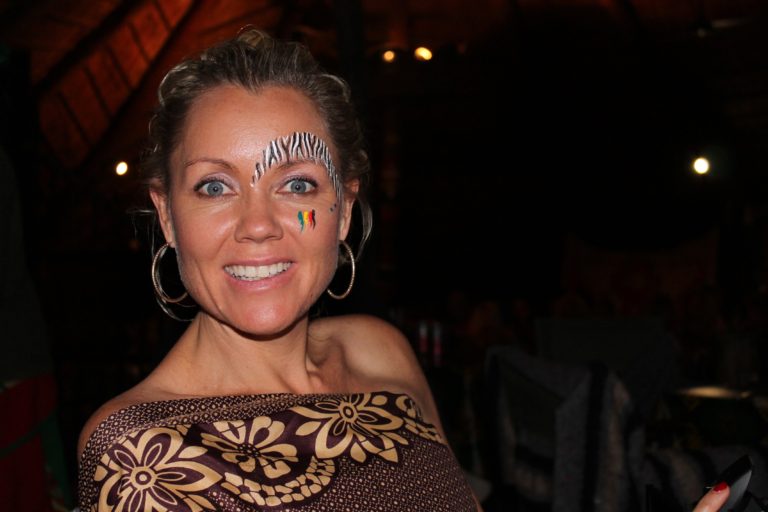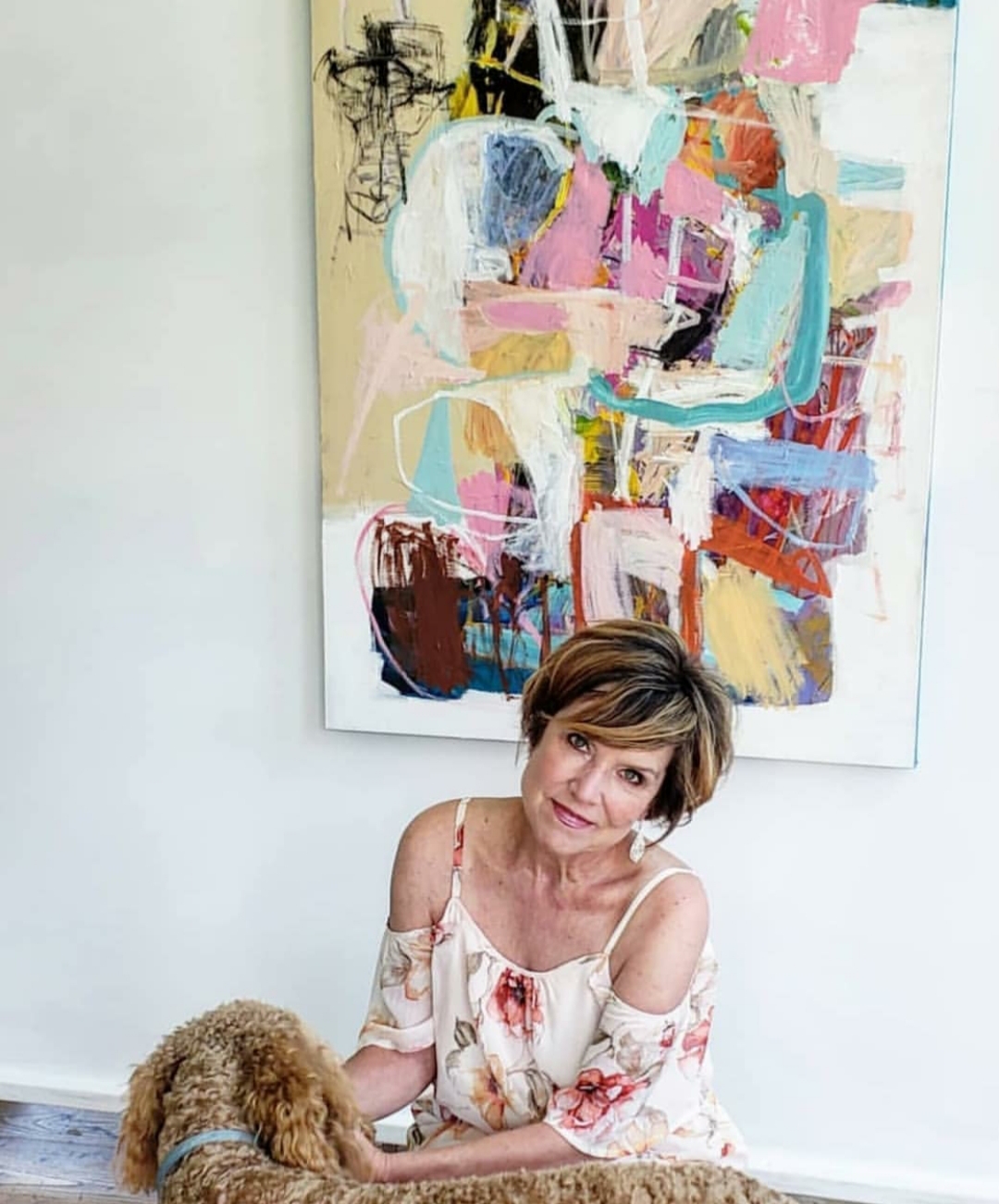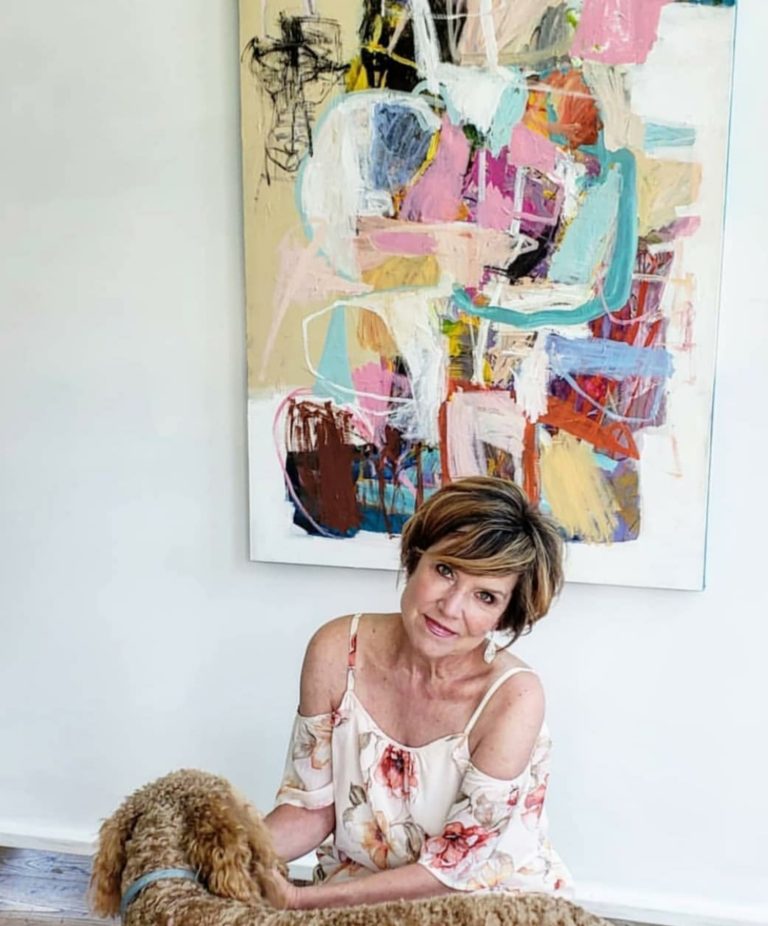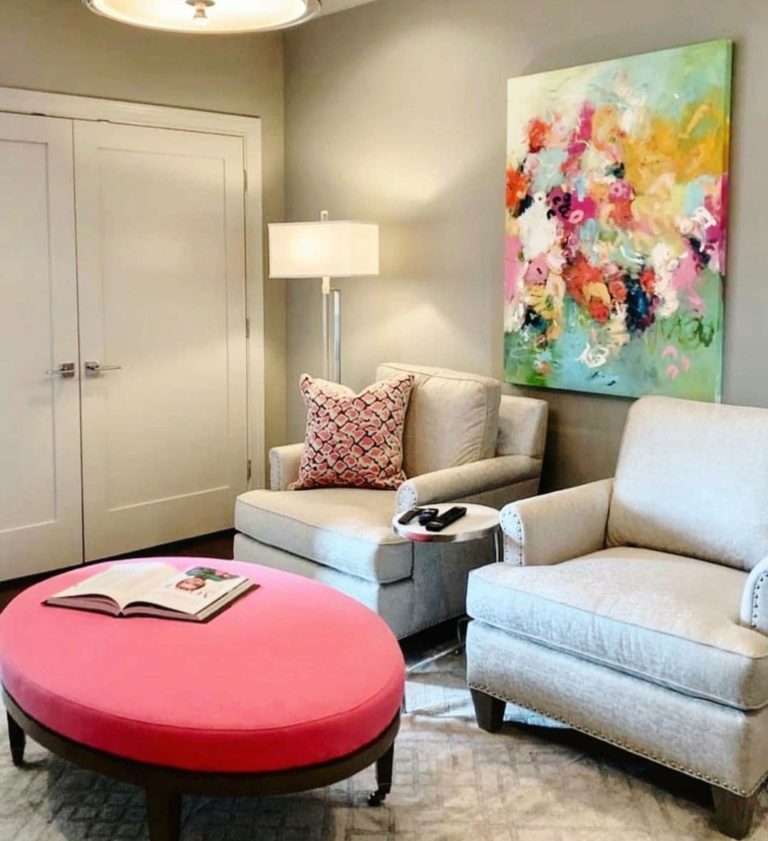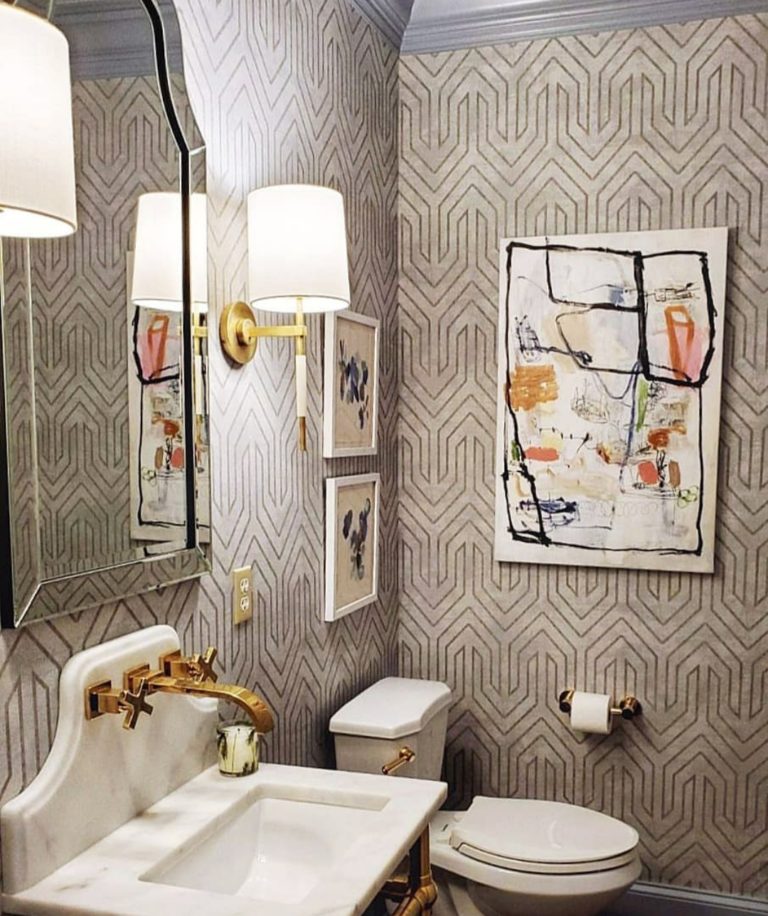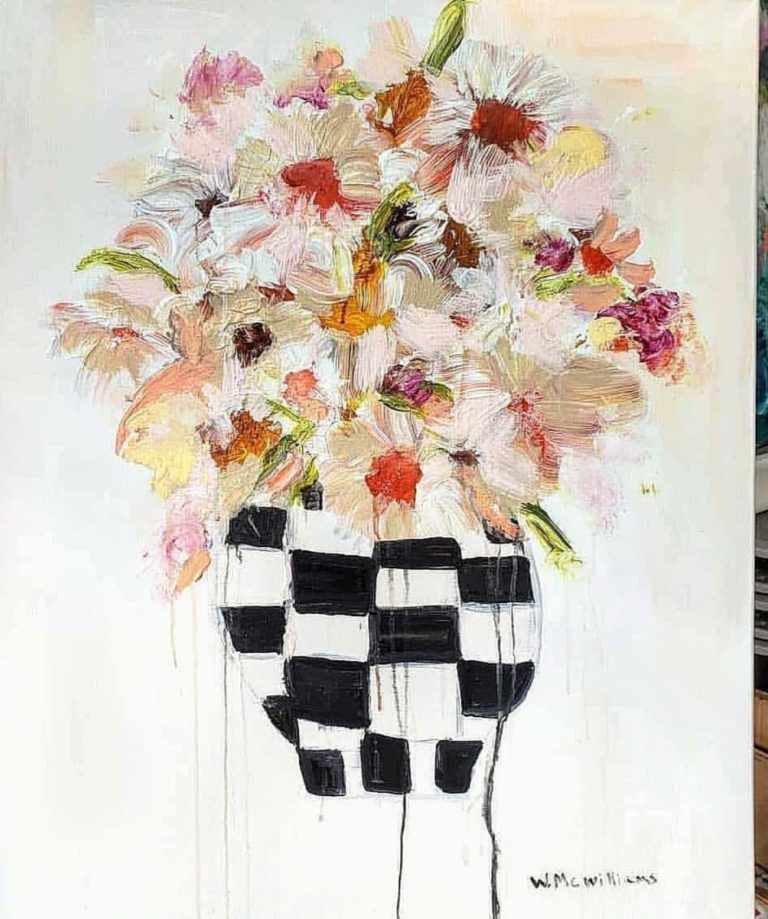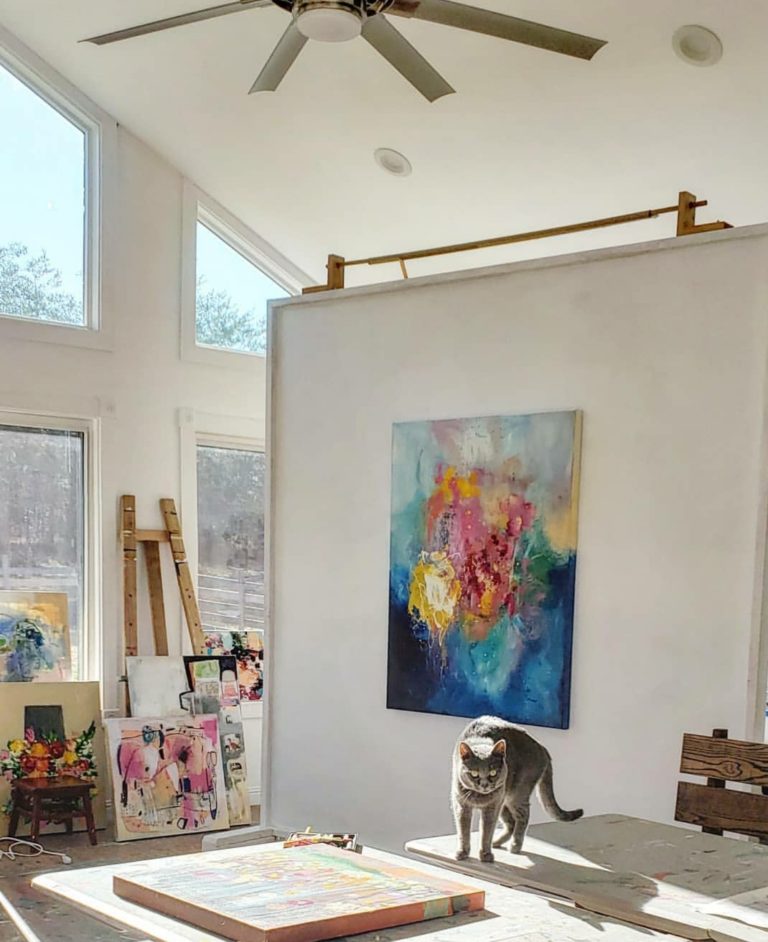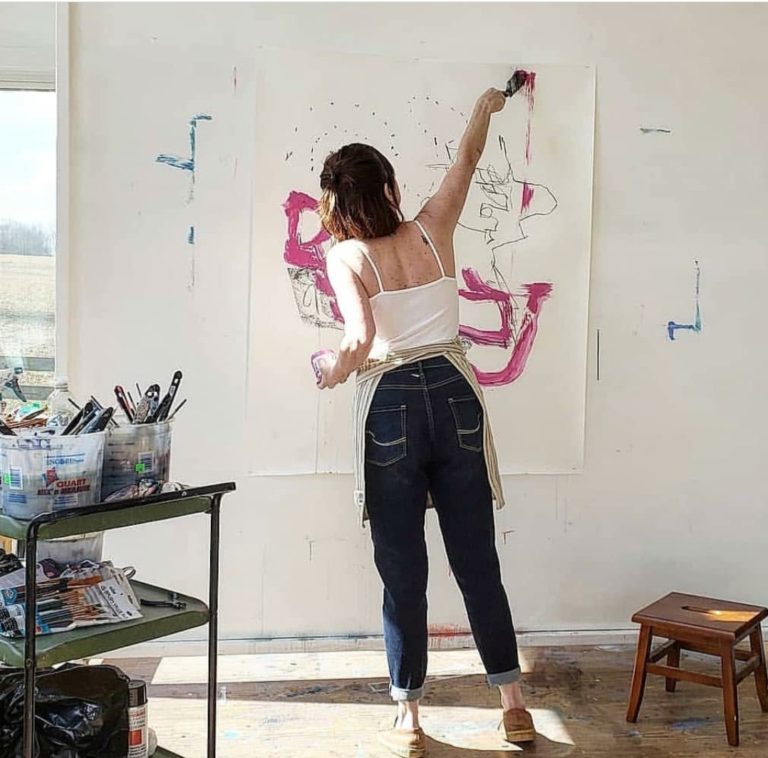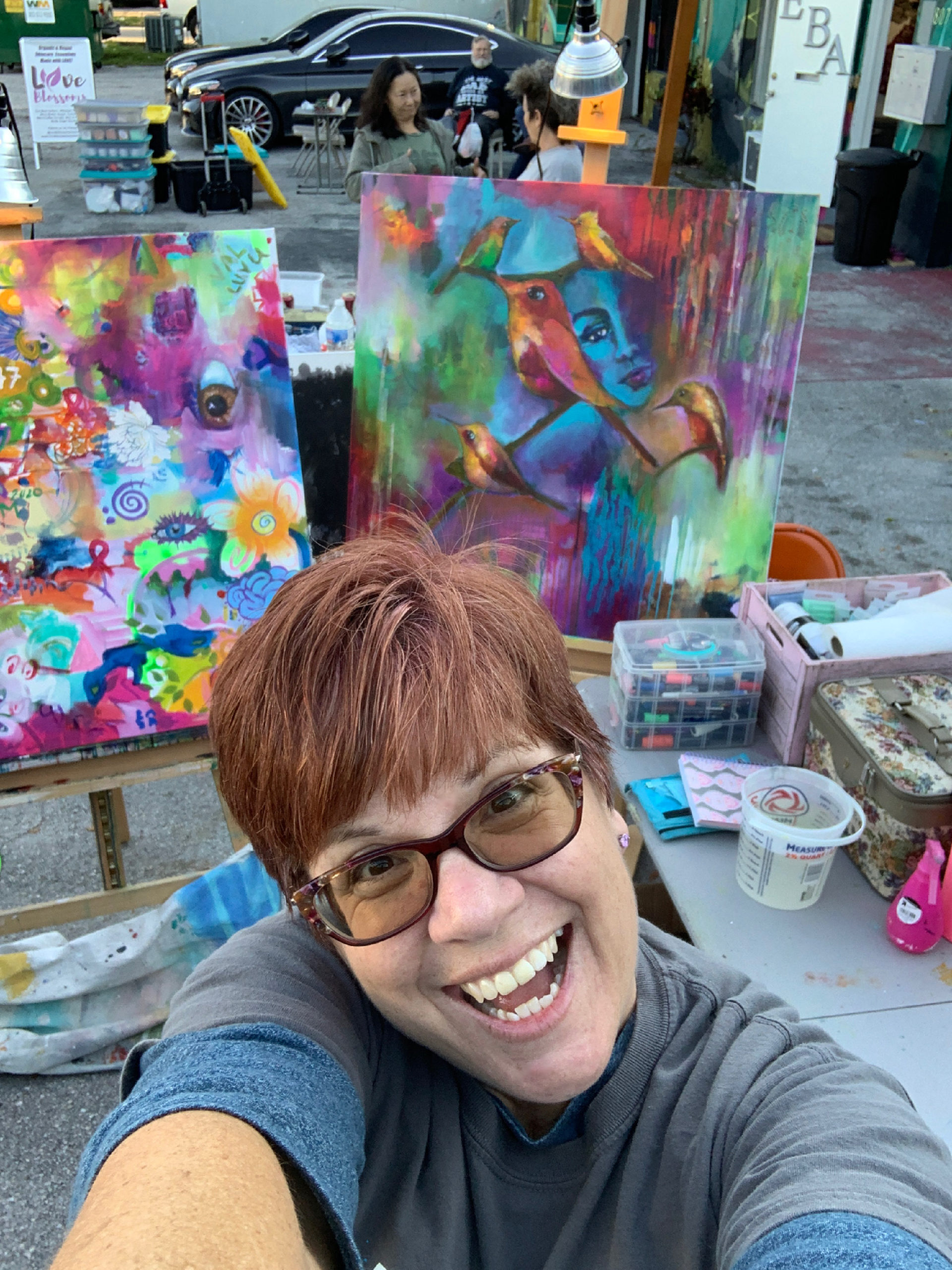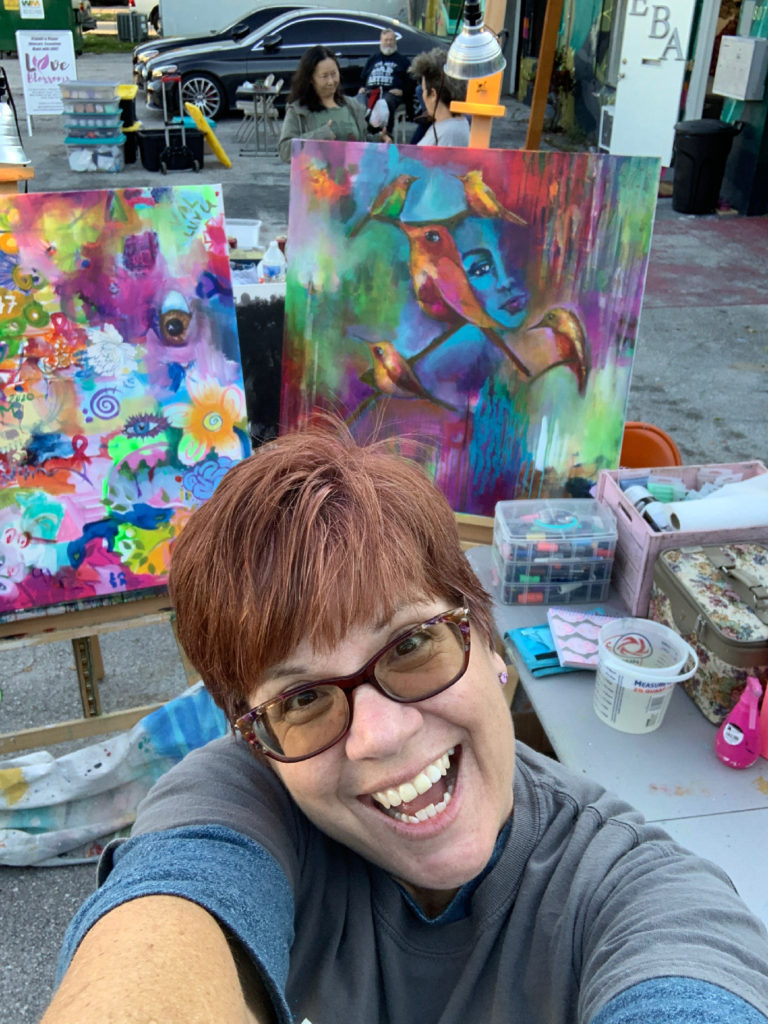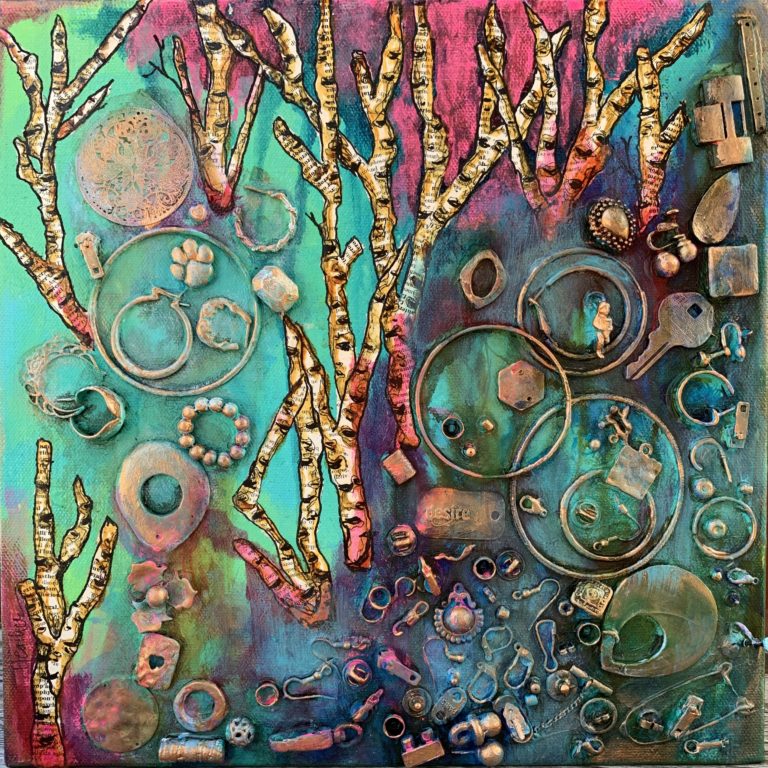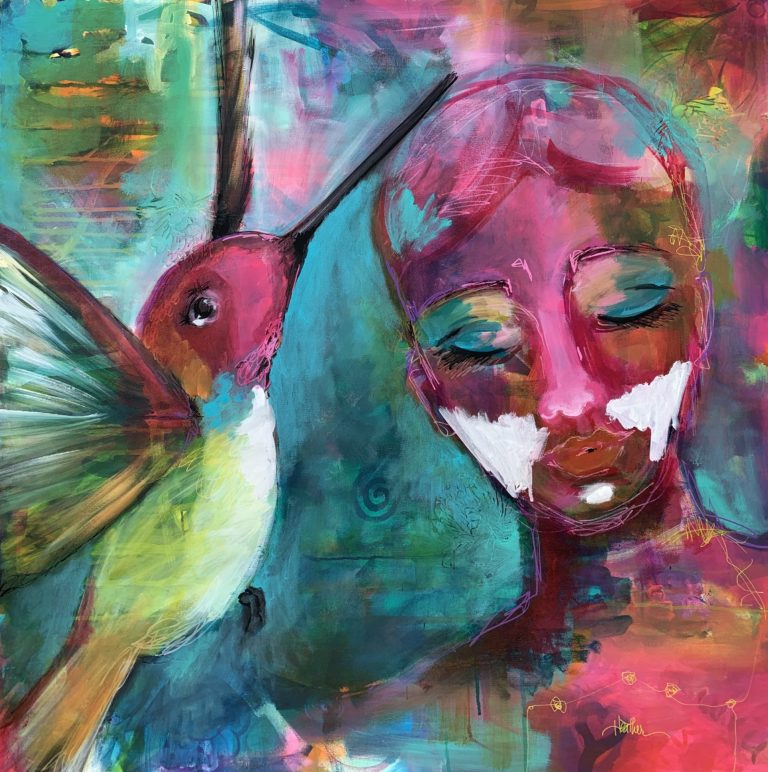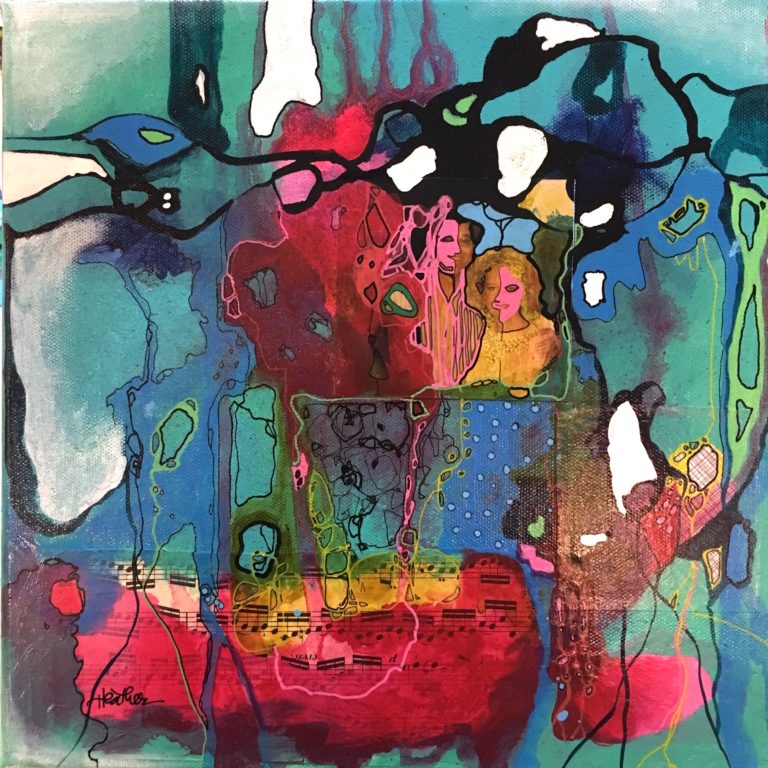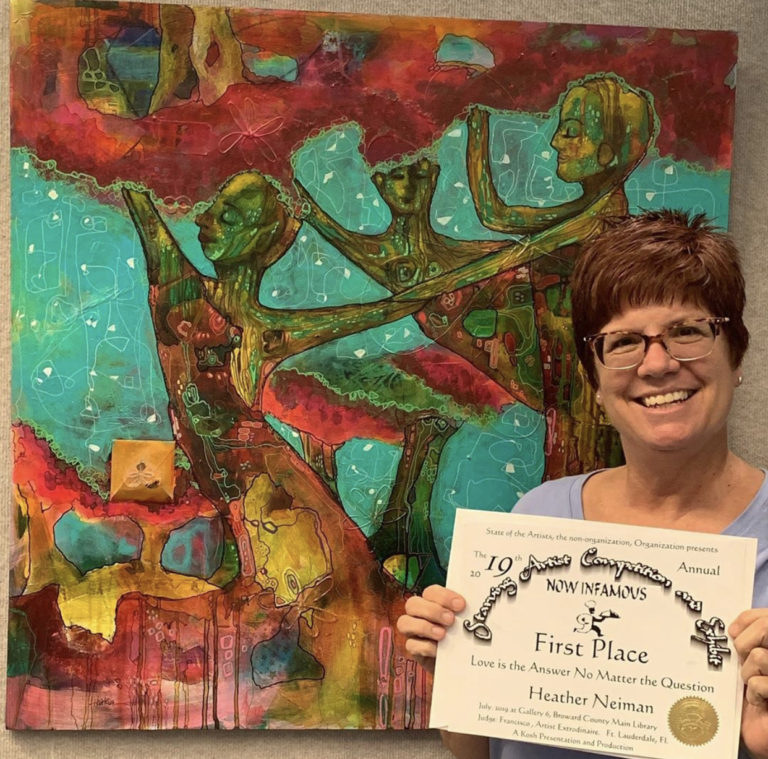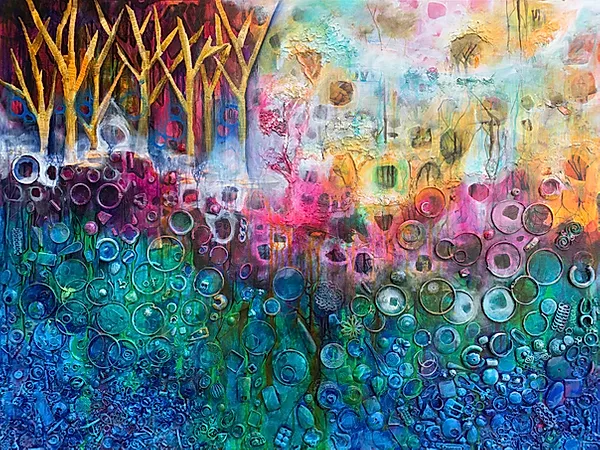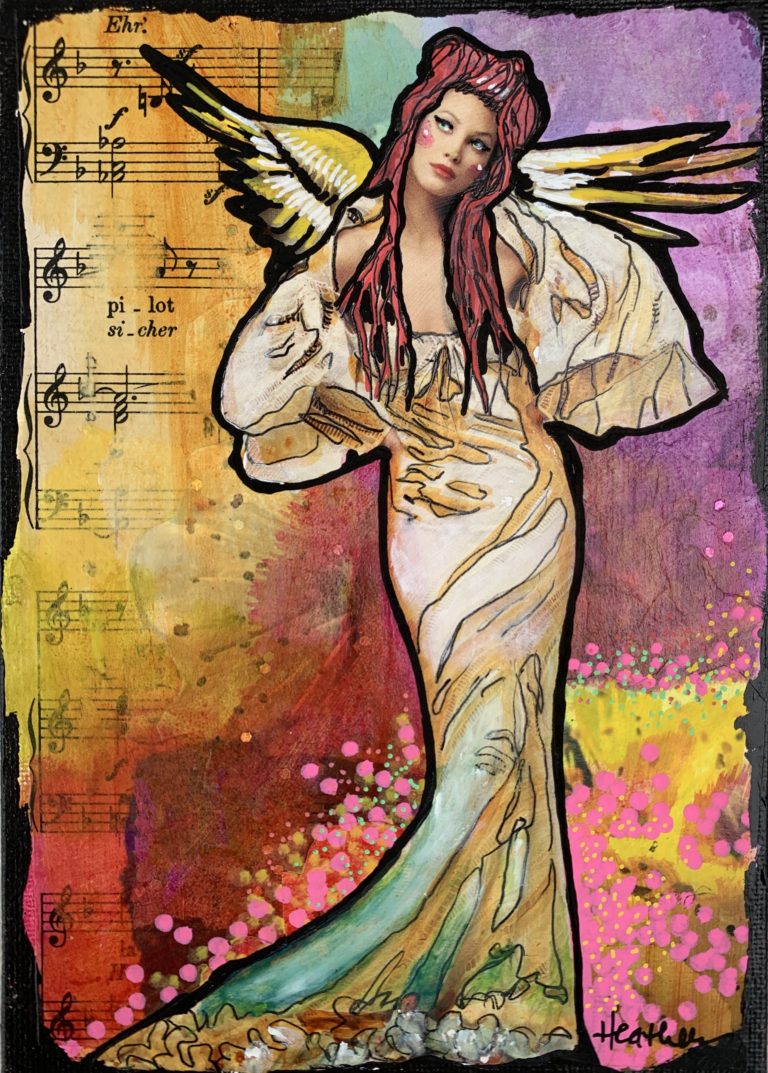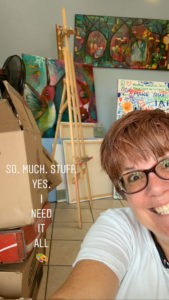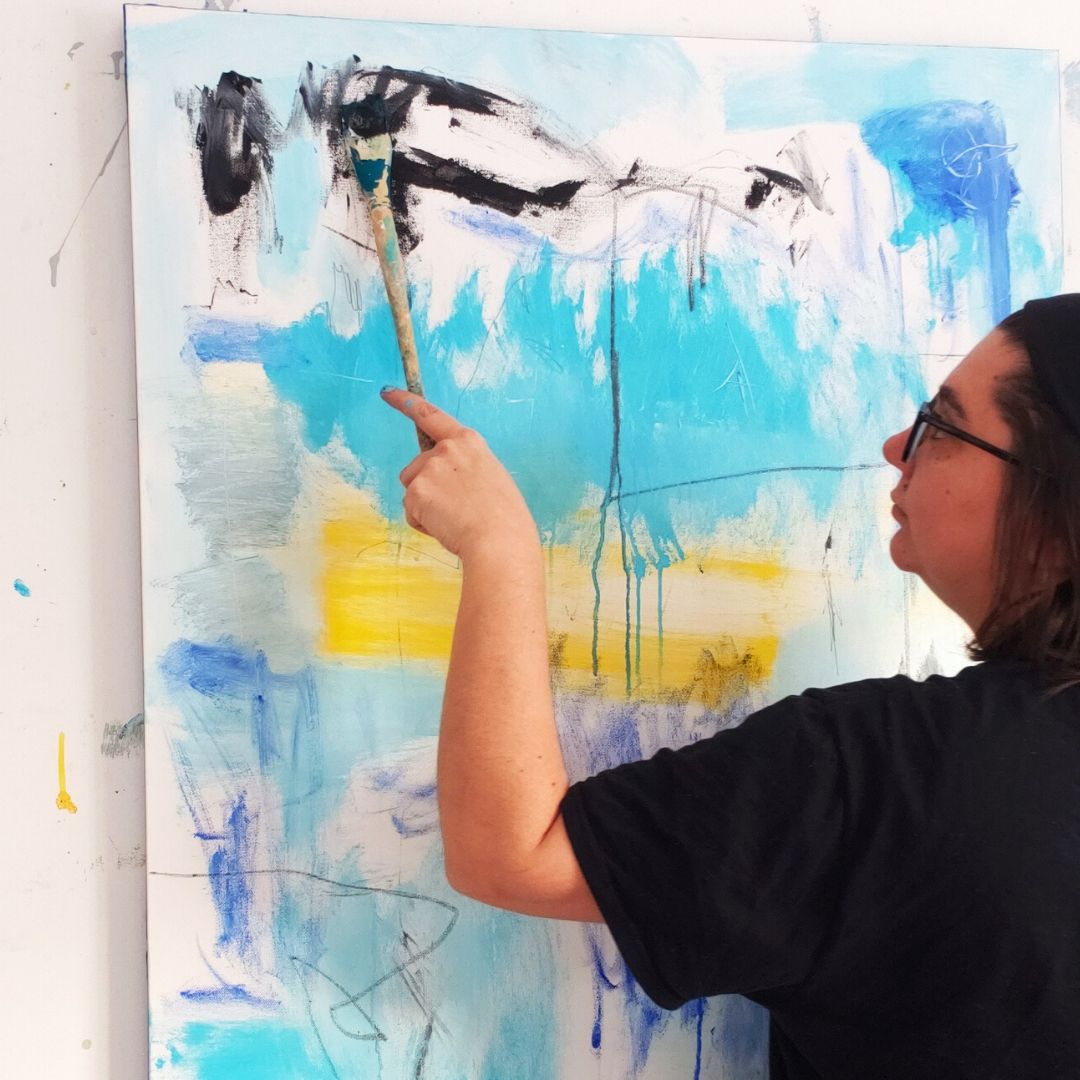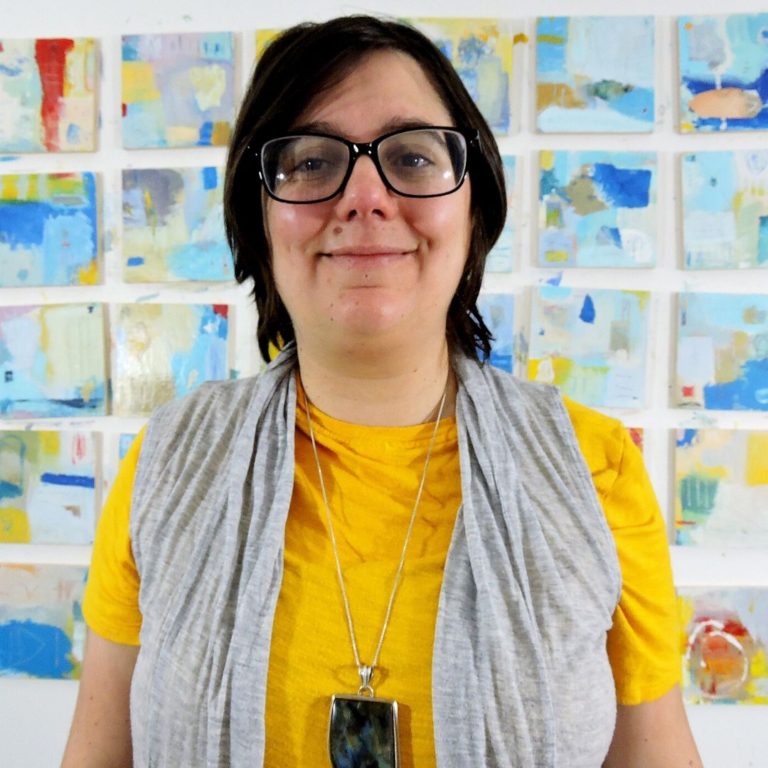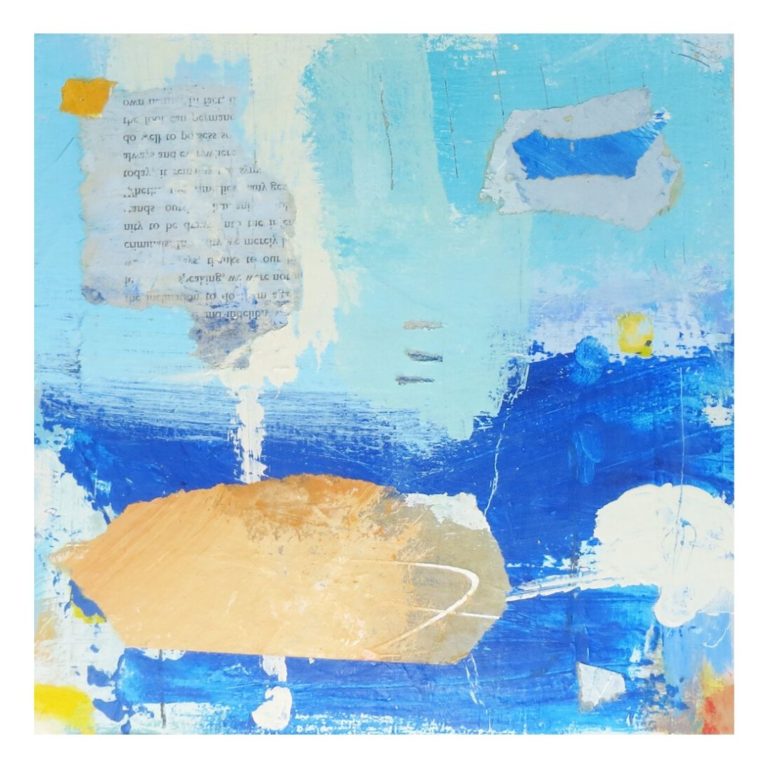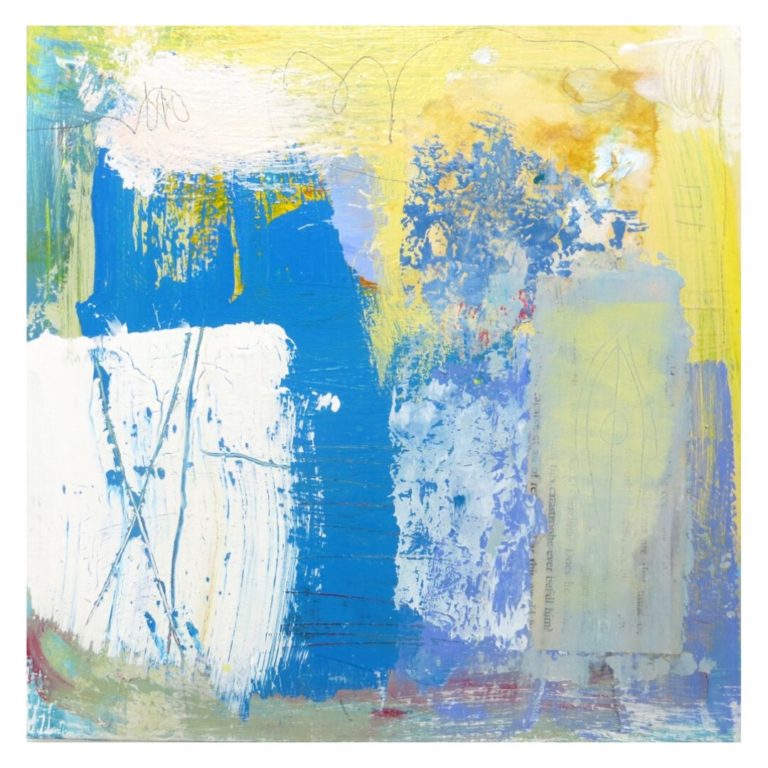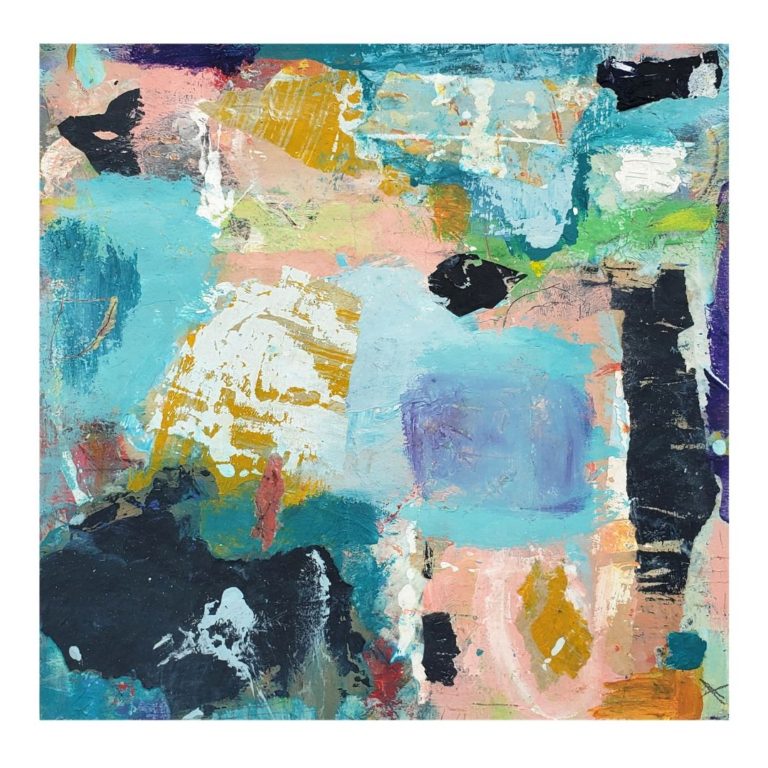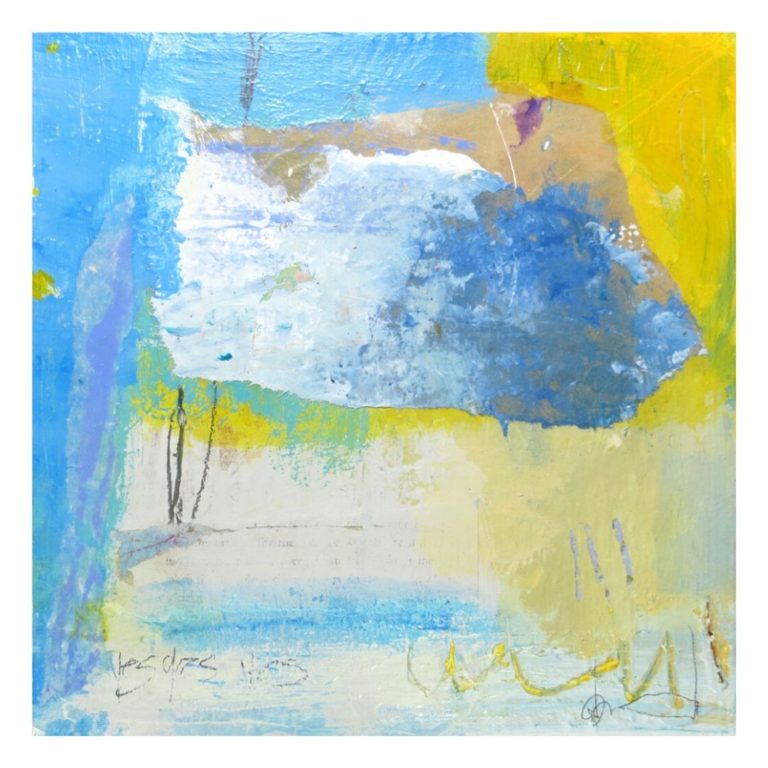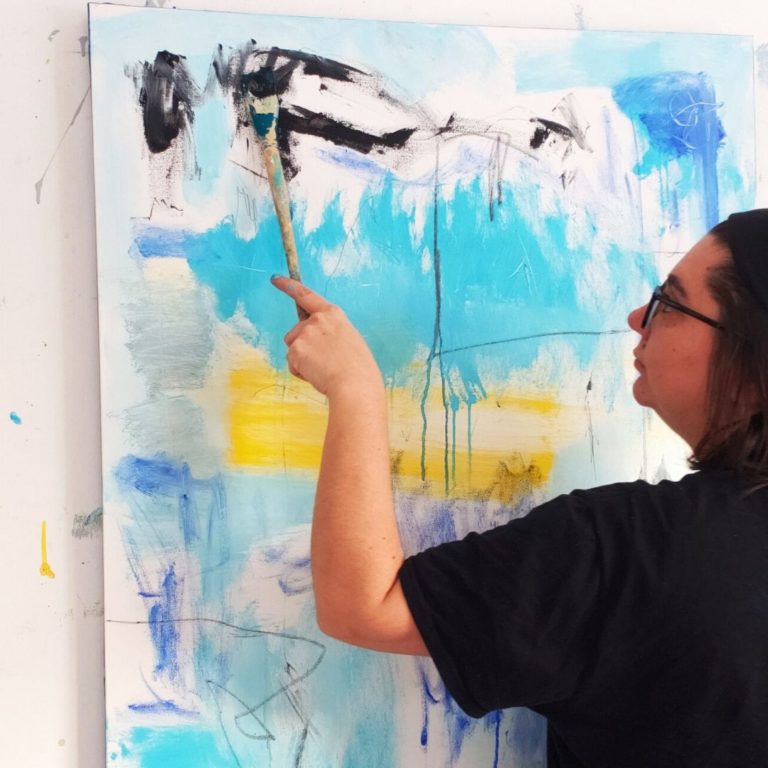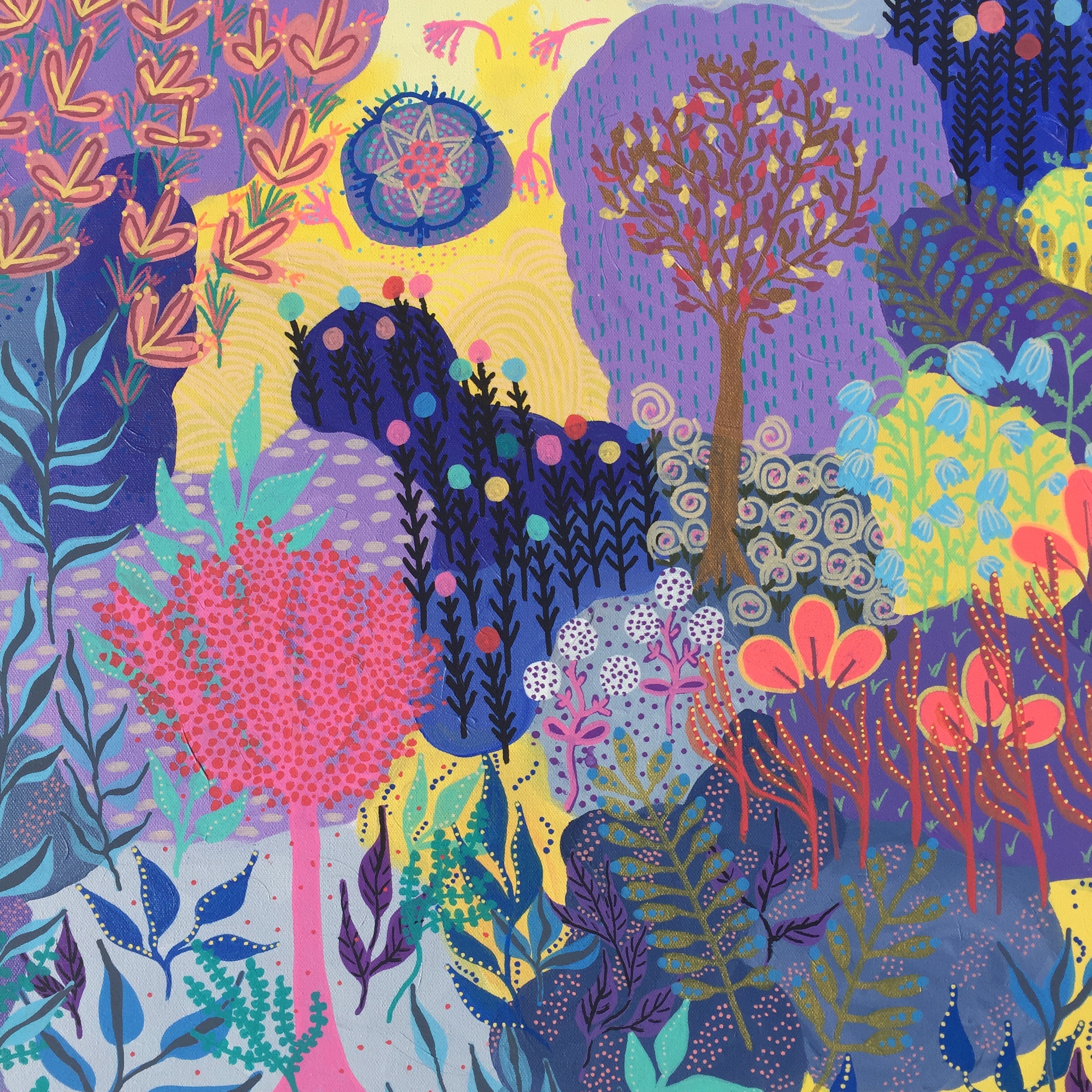
#149 New Season for the Podcast
This short episode is just an announcement episode for my new season. Starting tomorrow, I’ll be doing two episodes a week. So if you’re with me here, that means there will be 3 episodes this week only because I’ve added this little explanatory episode. Anyway, since the world has changed so much, I didn’t think I could continue interviewing artists without addressing how their businesses are being affected. Instead of interviewing new artists for about 45 minutes to an hour, I’m going back to artists I’ve already interviewed and we’re going to specifically talk about the new things that they’re doing with their business in response to the world’s shutdown. A lot of artists are wondering if it’s even O.K. to try to sell their art in this time. Others have had to cancel in person classes and retreats that they’ve had planned for months. Well, I’m here to say that yes, you can still market and sell your art, and as a small business owner you can adapt and try new things to keep your art business going. So for the next month or two, I’m going to do smaller conversations with artists who will be telling you how they’ve changed their businesses, how they are selling their art, how they’ve embraced online classes, and how they are offering free things just to spread good cheer to everyone. The first episode will go out this Friday, April 10th, and the next few weeks will continue with a new episode each Wednesday and Friday.
Listen here or use a podcast app, such as Apple Podcasts, Castbox, Spotify, or Stitcher.
For upcoming interviews, I’ll be talking with Faith Evans-Sills, Dina Wakley, Kecia Deveney, Lucie Duclos, Caylee Grey, and many more. I’ll keep this going as long as I think it’ll be helpful. Let’s hope this slowdown of business, and this upheaval in our lives won’t last more than a few weeks. Here’s hoping that you’re all safe and healthy, and you’re able to be with or at least talk with your loved ones daily.
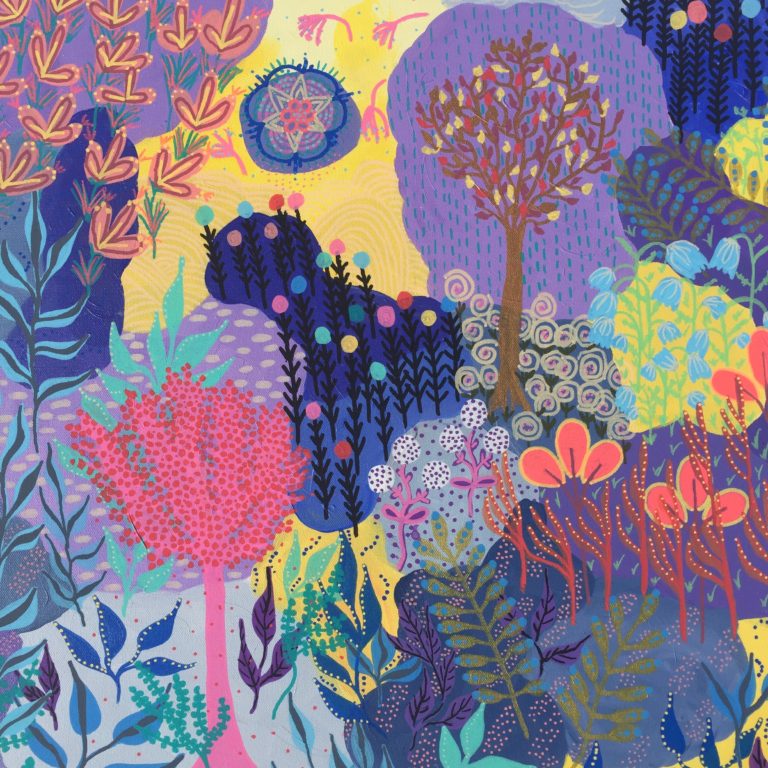
- Post category:Season 2/Show Notes
